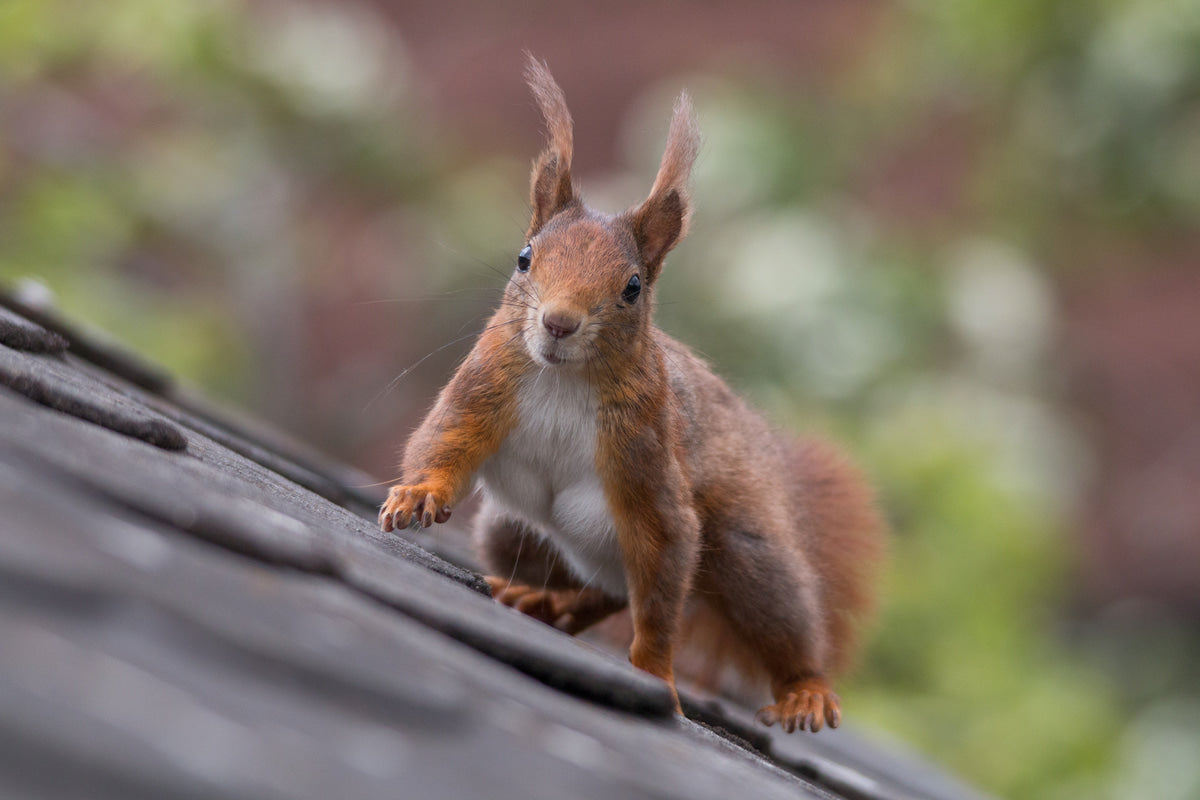How Your Neighbor’s Pest Problem Can Become Yours

You work hard to keep your home clean and pest-free, but what about your neighbors? Even if your property is well maintained, wildlife and pests don’t respect property lines. If your neighbors have an infestation, it’s only a matter of time before those unwanted visitors make their way to your house.
Understanding which pests are most likely to travel and how to protect your home and neighborhood is the first step in keeping these critters out for good.
Common Pests That Can Spread from Yard to Yard
1. Mice and Rats
Small, resourceful, and fast, mice and rats are notorious for traveling between homes. They can squeeze through tiny openings, nest in attics or crawl spaces, and chew through wires and insulation, causing expensive damage.
2. Squirrels
These agile climbers can use trees, fences, and even utility lines to hop from your neighbor’s roof to yours. Once inside, they often chew through structural materials and can create dangerous fire hazards by gnawing on electrical wiring.
3. Raccoons
Raccoons are strong, clever, and persistent. They can pry open vents, climb fences, and enter through chimneys or loose soffits. Once inside, they may damage insulation, create unsanitary conditions, and even pose health risks.
4. Birds
While birds might seem harmless, some species can build nests in vents, chimneys, or eaves. Nesting can block ventilation and introduce mites or other pests into your home.
How to Protect Your Home from Neighborhood Pests
Keeping your home safe from these unwanted visitors requires both prevention and neighborhood awareness. Here are a few practical steps you can take:
1. Conduct Regular Inspections
Check your attic, crawl spaces, vents, and rooflines for signs of entry or nesting. Early detection can help stop a small problem before it becomes a full infestation.
2. Remove Attractants
Eliminate easy food and water sources. Secure trash bins, clean up pet food, and address standing water or bird feeders that may attract pests.
3. Seal Potential Entry Points
Repair loose siding, damaged soffits, open vents, or gaps in the roofline. Even small openings can be an open invitation for wildlife.
4. Maintain Landscaping
Trim back trees and shrubs that touch your home. Overhanging branches or ivy can act like “critter highways,” allowing pests to travel from your neighbor’s property straight to your roof.
5. Use Preventative Pest Control Solutions
Beyond physical maintenance, specialized wildlife deterrent products Like Critter Guard’s solutions can add an extra layer of protection.
At Critter Guard, we offer humane, effective, and long-lasting solutions to stop pests in their tracks. By using our wildlife control products, you’re not just protecting your property, you’re helping keep the entire neighborhood pest-free. To learn more about our wildlife control solutions, contact us today!
- Choosing a selection results in a full page refresh.


